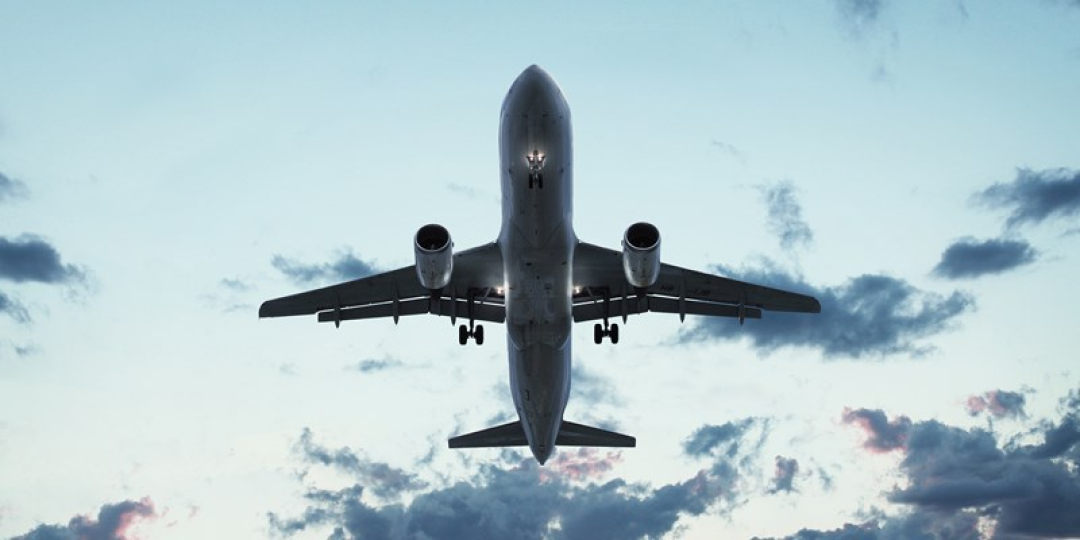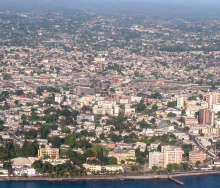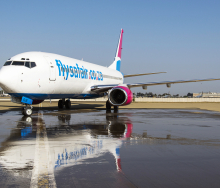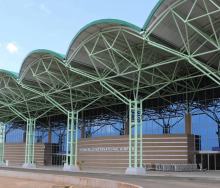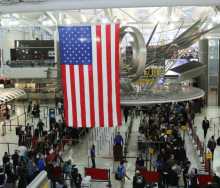With an average age of 19, Africa’s aircraft fleets are the oldest in the world – and account for just 2% of new aircraft currently on order. By comparison, Asia has the youngest fleet at an average of 12 years, and accounts for 49% of all new aircraft on order.
Speaking during an OAG webinar on aircraft fleet and finances, Deidre Fulton, Partner at Midas Aviation, said, globally, the average age of aircraft is 14 years. “Challenges in maintenance supply chain means airlines are holding on to aircraft longer. It’s pushed up lease rates in the market, and is having a knock-on effect on how airlines are handling their fleets.”
She added that Asia, with the largest and youngest fleet, was in a strong position to use the aircraft it currently had on order to facilitate growth, instead of just fleet replacement.
Chief data analyst for OAG, John Grant said, for regions like Oceania and Africa where fleets were older than the global average of 14, it had been increasingly difficult to bring the average age down. “You’ve got to have a concerted period of new aircraft deliveries and replacement. Asia, which accounted for 49% of all new aircraft on order, would likely see its average age come down even further.”
India currently has 1 761 aircraft on order, and China 1 369. Indonesia and Malaysia have 514 and 432 on order respectively.
Globally, narrow-body aircraft dominate the order books and are expected to make up the bulk of available airline seats. “It’s a narrow-body world in terms of how people are travelling,” Fulton said.
Risky business
The webinar also highlighted airline risk and vulnerability. Siddharth Markhede, Head of Airline Analysis at Ishka, said the Airline Vulnerability Index classified airlines according to both macro-economic and financial risks.
On this index, two African airlines, Kenya Airways and SAA, ranked among the highest-risk. However, airlines around the world were facing macroeconomic risks, he said. These include foreign exchange volatility, geopolitical tensions and inadequate infrastructure.
He warned that shifting trade policies were creating uncertainty. “It’s too early to say what the full impact will be, but we’ve already seen consumer sentiment negatively affected in the US.”
